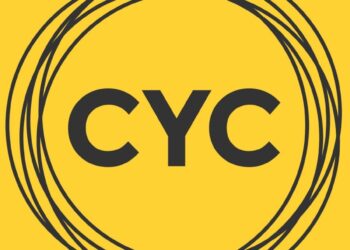Bespoke tranche opportunity is a structured and dealer-created financial product that is customized for specific investors. It is also known as a CDO or collateralized debt obligation.
Conventional bespoke tranche opportunities/CDOs pool several assets like loans, bonds and mortgages to generate a steady flow of cash. They then repackage them into portfolios with the aforementioned assets forming discrete sections or tranches.

Investing in Bespoke CDOs
Investing in bespoke tranche opportunities is an interesting option for many investors. However, it is important to know the risks involved in these structured financial products. The conventional bespoke CDO is similar to a traditional collateralized debt obligation (CDO). It pools assets like loans, bonds, and mortgages to generate a steady stream of cash flows. It also offers varied rates of returns depending on the creditworthiness of the underlying assets.
Bespoke tranche opportunities are dealer-created, structured financial products customized as per the investor’s needs. A single tranche from the accumulated asset pool is bought by the investor. The rest of the tranches are used to hedge against losses and are held by the dealers. This type of structured monetary product was one of the major contributors to the housing market crash of 2007-2009. This was highlighted in the 2015 movie The Big Short starring Brad Pitt, Ryan Gosling, and Steve Carell. This prompted the government to bail out Wall Street’s mortgage-backed securities.
Pooling of Assets

A bespoke tranche opportunity, also known as a Bespoke CDO, is an accumulation of various assets such as bonds and mortgages. The assets are pooled and then sliced into separate tranches, which are bought by investors. The dealers retain the remainder of the tranches as a hedge against losses and to safeguard the investors in case of a crisis.
Each tranche of a bespoke CDO has a different risk level based on its credit-worthiness. This is because a higher risk tranche will have more default risks in its holdings and offer a higher quarterly rate of return.
Even though bespoke tranche opportunities were once considered taboo because of their role in the financial crisis, Wall Street has been working to find better and safer ways to transfer risk while unlocking capital. These new instruments, renamed as Bespoke Tranche Opportunities, have come back in 2016 and are widely used today by hedge funds and skilled investors.
Risk Levels
Bespoke tranche opportunity is a financial instrument that allows investors to customize their investment exposure. It is a tool for investors who want to minimize risk and maximize returns in the markets.
The bespoke tranche opportunity is a derivative that pools several assets like loans, bonds, and mortgages. The resulting security is sold on the secondary market. It offers high returns to investors, but also comes with significant risks.
Wall Street banks have tried to rebrand CDOs that have acquired a bad reputation since the financial crisis by calling them bespoke tranche opportunities. But has this changed anything?
The Oscar-nominated film The Big Short shows how mortgage-backed securities led to a devastating economic crash. Many homeowners lost their homes and companies like Lehman Brothers, American International Group, and Merrill Lynch failed down. This was because the banks had made mortgage loans based on shaky credit. The resulting financial and real estate crises shook the world and caused an international recession.
Returns
As the name suggests, bespoke tranche opportunities offer different returns for investors. They are usually structured and marketed by dealers. They are illiquid investments and often involve complex theoretical financial models to price them. However, the greater standardisation of tranche structures is helping to attract more buyers and is increasing transparency in what was historically an opaque market.
Despite the negative perception that they gained after the 2008 financial crisis, bespoke tranche opportunities remain valuable tools for Wall Street to free up capital and transfer risk to parties with a higher appetite for it. They are also useful for creating new ways to invest in debt-based assets.
A traditional bespoke tranche opportunity/collateralized debt obligation pools several assets such as bonds, loans, and mortgages to generate a steady flow of cash. It then repackages portfolios bearing the aforementioned assets into discrete sections or tranches with varied levels of risk. This is similar to the way synthetic CDOs are created but this term is generally reserved for CDOs that focus on investing in CDS or Credit Default Swaps.










































